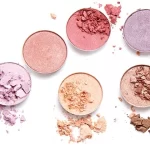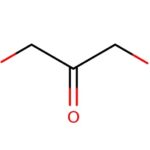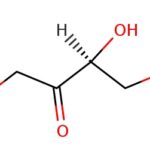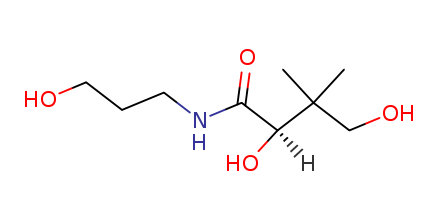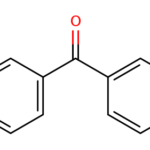Apart from sunscreen which has its own UV protection factor, clothing also has its own UV protection factor. The Ultraviolet Protection Factor (UPF) is a coefficient used to measure the ability of clothing to protect against the penetration of ultraviolet rays.
Generally speaking, the UPF of standard sun-protective clothing must be at least 30 before it is certified as sun-protective, and clothing with a UPF of <15 is not sun-protective, so how do you look at the UPF protection factor? How to choose clothes with sun protection function? Let me introduce you to the principle of UPF and provide you with 4 key points for choosing sun protective clothing!

What is the UPF (Ultraviolet Protection Factor)?
There are many types of light emitted by the sun, according to the wavelength can be divided into infrared, visible light, ultraviolet, etc., and the most harmful to human skin is called ultraviolet (UV), and among the ultraviolet rays, it is divided into UVB (Ultraviolet B) and UVA (Ultraviolet A), both are ultraviolet rays that can penetrate the ozone layer and reach the ground. Both are ultraviolet rays that can penetrate the ozone layer and reach the ground.
UVA is more penetrating, can penetrate glass windows, clouds and skin, and is the main cause of skin aging, while UVB stays on the surface of the skin, causing sunburn and skin cancer. In sunlight, UVA is 500 times more abundant than UVB.
The sunscreen’s SPF only measures UVB, but UPF measures both UVB and UVA:
UVB: Determined by the length of time until a reaction occurs after skin contact with UVB rays.
UVA: Measures the amount of UVB that comes into contact with the skin.

A UPF > 50 clothing can block 98% of the sun, in other words, only 2% of the ultraviolet rays can come into contact with the skin. the higher the UPF value, the more ultraviolet rays can block the skin. (Recommended reading: 5 sunburns doubles cancer risk! Understanding the link between UV rays and skin cancer)
The following are the UPF levels of sun protection and the penetration rate of ultraviolet rays:
- UPF 15~24: Good protection, UV penetration rate of clothing is 4.2~6.7%.
- UPF 25~39: Excellent protection, UV penetration rate of 2.6~4.1%.
- UPF 40~50+: Excellent protection, UV transmittance <2.5%.
4 Key Points for Selecting Sun Protective Clothing
Although high UPF clothing can protect the skin from sunburn, the protective effect varies depending on the fabric and colour of the clothing. The following are 4 key points for choosing sun protective clothing:
Fabrics: Fabrics with a high density of fabrics will have a better UV protection effect than thin ones, such as polyester, nylon, denim, canvas, synthetic fabrics, wool and silk, etc., while fabrics with a poorer UV protection effect include cotton, linen, rayon and hemp fibres. Some fabric manufacturers add special chemicals, such as Optical Brightening Agents (OBAs) and dyes, to absorb UV rays during the manufacturing process.
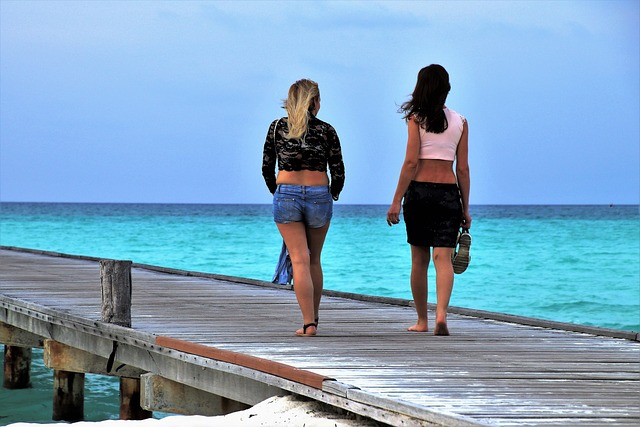
Loose-fitting: Loose-fitting clothing is more effective at protecting against the sun than fitted clothing, which tends to stretch the fabric fibres, making it easier for UV rays to come into contact with the skin. However, when choosing loose-fitting clothing, don’t pick clothes with thin, sheer fabrics. If the fabric covers the light and the light passes through, it means that the sun protection effect is low.
Colour: The darker the colour of the clothing, the easier it is to absorb the sun’s rays, and therefore the better the sun protection, but the real effect comes from the UV-protective dyes, the higher the concentration of which, the more light it can interfere with.
Moisture: Generally speaking, the sun protection effect of damp clothes is lower, and if you wear wet clothes to the sun, your skin will be exposed to relatively more UV rays.






